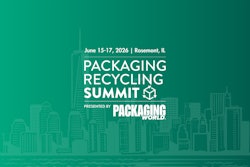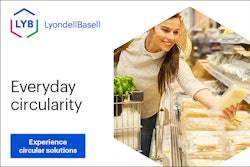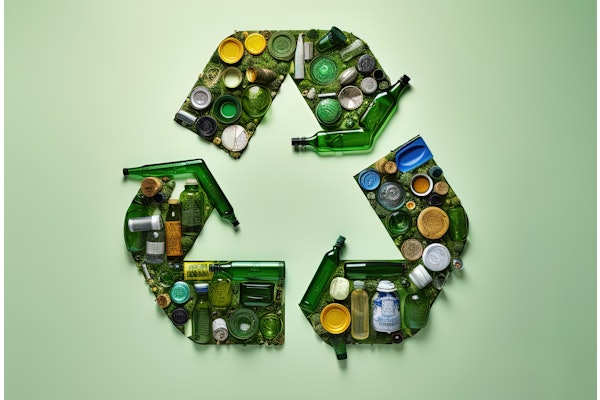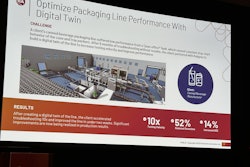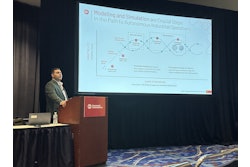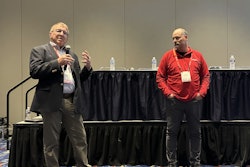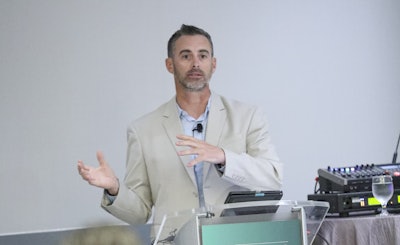
As brands work to meet the growing demands of EPR programs, the limitations of mechanical recycling are becoming more visible. At the 2025 Packaging Recycling Summit in Dallas, John Hewitt, SVP of packaging and sustainability at the Consumer Brands Association (CBA), pointed out that while mechanical systems are essential, they cannot close the loop for recycled packaging materials on their own.
 | Read this related article from on the Advanced Recycling Summit, “Advanced Recycling: A Pivotal Tool for Circularity” |
“Our members have made commitments to improve recycling systems through programs and investments like EPR,” he said. “But really, the collection of material is only the first step in circularity.” As Hewitt explained, for many types of plastic packaging—especially films, flexibles, colored PET, and other hard-to-recycle formats—mechanical recycling just isn’t enough. That’s where molecular recycling can help fill the gap.
“When we sit down and talk to lawmakers about EPR, we always explain that mechanical recycling might get you to 60 or 70 percent recovery. Molecular technologies are how you reach the rest,” he said. “Molecular recycling should be a viable option in improving the circularity of plastics.”
The technologies, which include purification, depolymerization, and conversion, break plastic waste down to its building blocks and allow it to be rebuilt into new, virgin-quality material. For the CPG industry, that’s critical. Said Hewitt, “Our folks have an acute need for new materials, especially those that have recycled content in them.”
He also stressed that molecular recycling is not incineration. “These technologies do not occur in the presence of oxygen. Therefore, by definition, they’re not incineration,” he said. CBA supports policies that treat molecular and mechanical recycling equally under environmental regulations while ensuring that only plastics-to-plastics pathways count toward recycling targets.
 | Read this related article, “Global Brands Experiment with Advanced Recycled Materials” |
He added that state-level EPR programs must remain open to new technologies and avoid locking in definitions that exclude molecular solutions. “We need both of those—mechanical and molecular—to complement one another to ultimately reach those goals that we have on the packaging sustainability side,” Hewitt said. Without both, circularity will remain out of reach. PW




